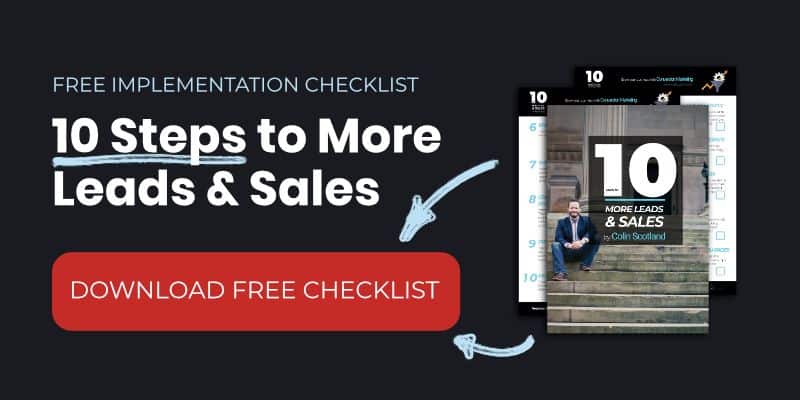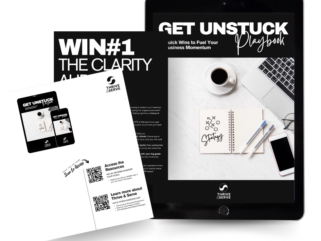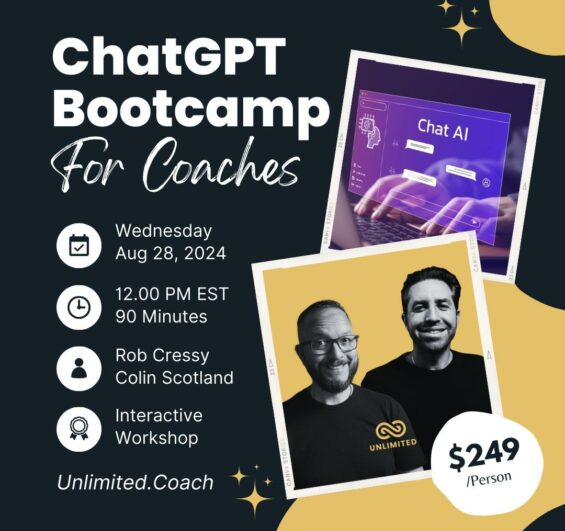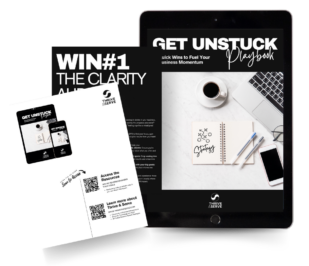A lead magnet is an awesome way to attract your ideal potential clients into your world. That’s why it’s called a ‘magnet’.
It attracts prospects into your funnel so you can build a relationship with them and turn them into paying clients for your products and services. But only if it is valuable.
This is where understanding your target audience is critical.
Throwing together some resources you already have on your hard drive won’t cut it. It has to be useful. It must deliver real value, enough for someone to give you their email address.
Not only does it have to be useful, but it also must relate to the paid services you offer. You are giving your prospects a taste of the value to come in your paid service.
In showing value, you are showing people (who don’t know you from Adam) how talented you are. You prove that you can help by helping.
In helping you develop a connection, rapport, and what Rob Burg calls "Know Like and Trust” (KLT). It is the first step in the relationship-building process with your prospects.
Your prospects associate you with the content you share in your lead magnet. You establish your position as an authority in your field.
The most important question to ask yourself is - What can I create that will be valuable to my target audience?
The quality of the content you give is much more important than the format. The perfect lead magnet does not exist either. Instead of trying to create a magnum opus, focus on delivering real value for your target audience, and then focus on creating more. The more valuable assets and pieces of intellectual property you can create, the better your list-building and lead generation results will become. More lead magnets = more opt-ins and more clients.
For ideas around what formats to use for your lead magnet, the list is almost endless. Some lead magnet examples include mini-courses, checklists, videos, guides, templates, swipe files, resources, spreadsheets, and much more.
You can Google 'Lead Magnet ideas' and get a thousand and one ideas for your lead magnet. Don't get hung up on the format, focus instead on what will help your ideal prospects.
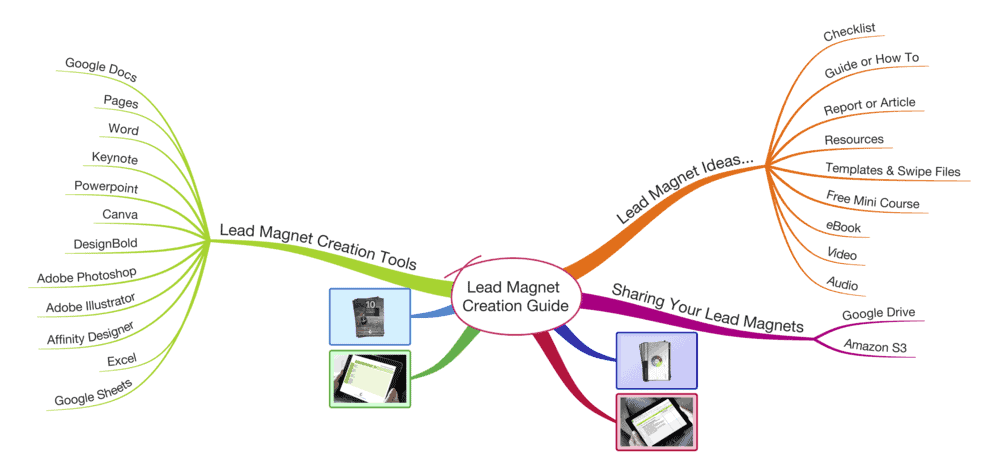
To create the lead magnet, here is your plan of action:
1. Define goal/overview of lead magnet
- Who is it targeted at?
- What is the problem it solves?
2. Create an outline
- What are the main areas you must include to solve the problem?
3. What are the next steps after consuming?
- What do you want the prospect to do AFTER they have consumed the lead magnet? This becomes your all-important Call To Action (CTA). For example, get on a call with you, visit your sales page, and buy your entry-level product.
4. Create the content
- Begin by brain-dumping content onto the page, you can organize your thoughts later.
5. Edit
- This is where we make it pretty. Tweak the structure and the message first. Then focus on the layout/design.
- If you are creating video content, this is where you shoot and edit your videos.
6. Publish
- Create the final version of your lead magnet content ready to share with your audience. PDF, video, audio, document, spreadsheet, etc.
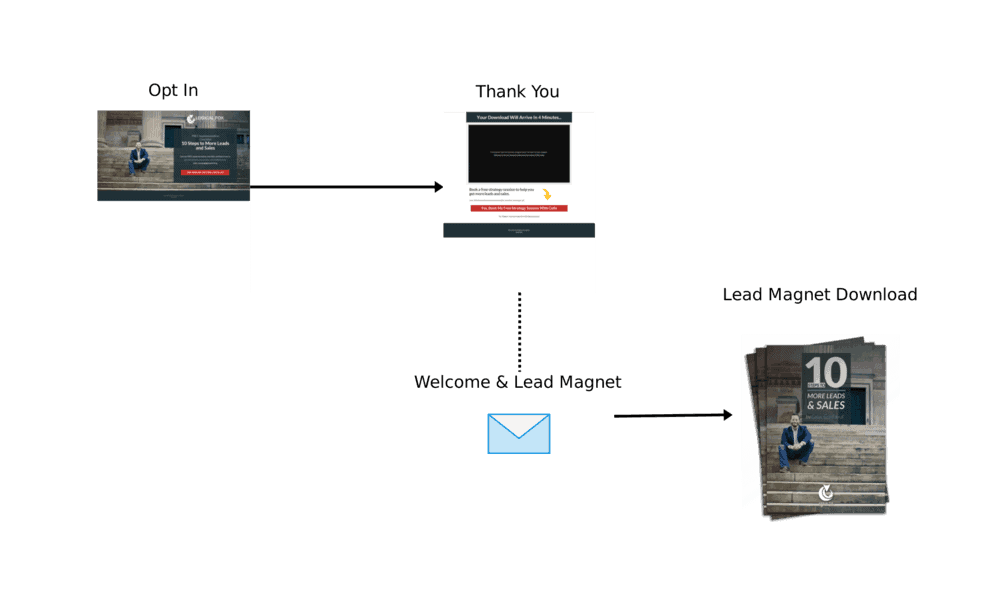
A simple lead magnet funnel
Here are extra practical tips when creating your lead magnets.
- Mind map the structure/overview of what you need to cover first.
- Brain-dump the biggest headaches your ideal clients face. Then focus on each one with valuable advice on how to mitigate/overcome it.
- If you struggle with writing, try talking into a voice recorder app on your phone. Have the audio transcribed into text automatically using a service such as otter.ai.
- Once you have your brain dump of content. Run the text through the Hemingway App to check the reading age and change any complicated sentences/language.
- Then use either ProWritingAid or Grammarly to check grammar, spelling, and punctuation.
- You can use Canva.com to create nice-looking PDF docs with a cover page and calls to action. Pages, Word, Powerpoint, Keynote, and Google Docs can all get the job done too.
Now, you have a plan of action you have no excuse.
Now get busy with your own lead magnet creation.

